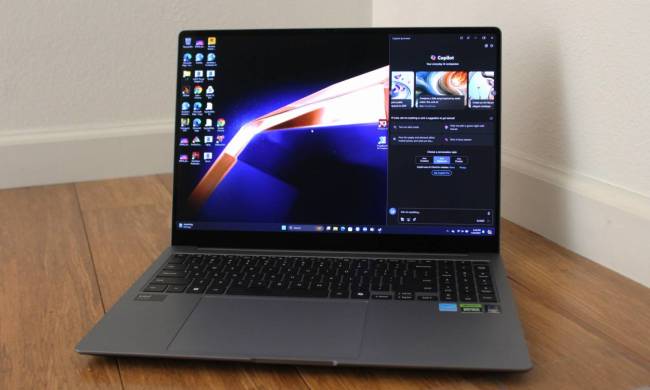
The purpose of the original placeholder files — removed with Windows 10’s release in 2015 — was to let a OneDrive user see all of their files as if they were local, despite some being hosted in the cloud. That has its benefits, which many have been extolling ever since the feature was removed, and it seems Microsoft has decided to listen, as it has now started pushing the feature out to early testers.
You’ll need to be running the latest Redstone 3 build of Windows 10, and WinSuperSite walks you through how to do so if you’re keen to be one of the early testers of the new feature. Whether you end up trying it out now or when it sees a wider release however, Microsoft’s Files On-Demand system has made some key changes to avoid the confusion of the past.
Files located online only feature a small cloud icon next to them, designating that that’s where they can be found. The file itself won’t download unless you open it, so it will remain remote until needed. If you do download them however, that cloud symbol will be replaced by a green tick with a white background, letting you know it’s available for use, but backed up remotely.
The third file type in this discussion involve files that are always available. These need to be marked yourself and will be constantly synced with their latest version on the cloud. Those files are designated with a solid green tick.
To prevent any confusion about why certain files can’t be accessed due to network troubles, Microsoft has also implemented a warning when you’re offline, letting you know that some files are not available. All files however, regardless of location, can be searched — though online-only files can only be searched by file name.
The Files On-Demand feature is expected to see a wider release this fall.
If you’re a OneDrive user, be sure to check out our handy guide for making the most of Microsoft’s cloud storage platform. If you want to know more, you can also check out our in depth-tutorial on exactly what FTP is and how to use it.


